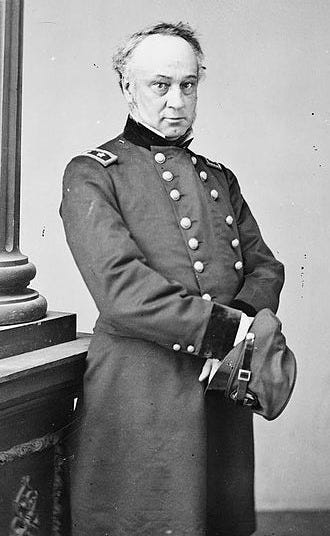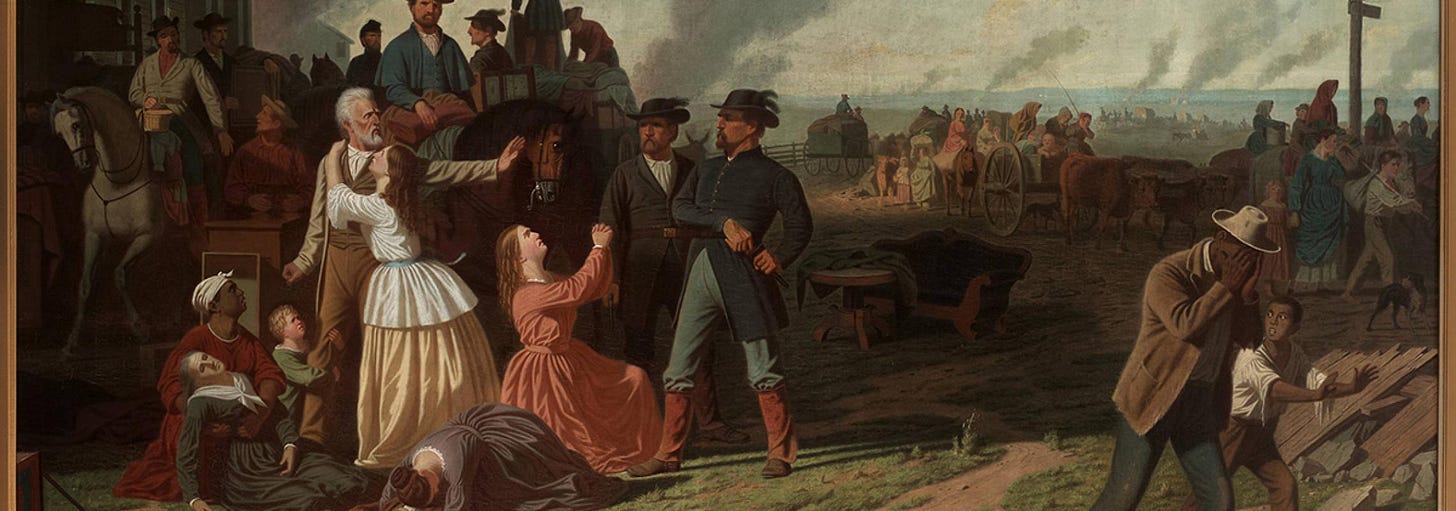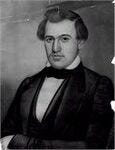Before Lawrence: Aftermath
Chapter twenty of Before Lawrence, what happened after the town was abandoned?
This is the twentieth chapter of Before Lawrence. To learn more about the purpose of writing this story, check out the “Forward.” Before Lawrence is part of The Missouri Chronicles. Follow the story by subscribing on Substack, contribute your thoughts, and check out the added resources.
On November 9, 1861, General Henry Halleck took over from John Fremont as commander of the Department of Missouri. Missouri was in utter turmoil. The burning of Osceola, as well as violence along the western border, had created an unprecedented refugee problem as thousands would find their way to St. Louis. They ran to the federal government for help, ironic in that their sympathies lay with the South. Yet Halleck was confronting a public relations disaster. He looked over the memos regarding James Lane. This, he concluded, had to stop. This, he could only hope, he could control.
The Kansas Jayhawkers, or robbers, who were organized under the auspices of Senator James H. Lane wear the uniform of and, it is believed, receive pay from the United States. Their principal occupation for the last six months seems to have been the stealing of Negroes, the robbing of homes, and burning of barns, grain, and forage. The evidence of their crimes are unquestionable. They have not heretofore been under my orders. I will now keep them out of Missouri or have them shot.
The letter was forwarded to the Honorable EM Stanton, Secretary of War. Halleck would add,
They are no better than a band of robbers. They cross the line, rob, steal, plunder , and burn whatever they can lay their hands upon. They disgrace the name and uniform of the American soldiers and are driving good Union men into the ranks of the secession army.
Lane would be reprimanded for violating orders. He certainly did not have the sympathy of the governor of Kansas. Yet Halleck would be summoned to Washington in July 1862, leaving the conflict in Missouri to others. By then, guerrilla warfare had become rampant. It would be ironic that Lane would once again be called to serve to enforce General Order #11, this time removing families from their farms along the western border as a matter of federal policy. Yes, as the Civil War continued, the rules changed. Men like James Lane would be transformed from a “band of robbers” to enforcers of Order #11. Men like him, zealously applying Order #11, would decimate the farm economy of the region for a generation to come.
Lane would hold his seat in the Senate until his death in 1866. He had a mental breakdown and shot himself. Edmund G. Ross would succeed him. Like Lane, he was a Republican. Yet he would be the last man to vote in the impeachment trial of Andrew Johnson, voting against removing him from office, defying the Republican Party.
Mrs. Lewis would not get her wish to leave Osceola. With all the fighting going on in the region, there really was no safer place to be, especially after federal troops appeared to set up a garrison and prison in the town square. These were not young men from Kansas, but soldiers from all parts of the country. She and Lawrence would never have dreamed that a day would come when the once vibrant town square would be transformed into a federal prison, often holding within its confines people they had treated, neighbors who had crossed the line and joined a guerrilla band, or had sympathized or sheltered them. She would remain long enough to return the family silver to the Johnson family once they returned from Canada in 1867. And she would once again play the piano and organ in the Presbyterian Church.
As for Micayah Dark, too old to serve in the rebel army at the age of 60, he would join Quantrill’s guerrillas for only one event – the raid on Lawrence. From that point on, he was branded as one of “Quantrill’s men.” He would return to his farm, only to have the misfortune of being neighbors and friends with the Youngers, members of the Jesse James gang. He refused to assist the Pinkerton agents who were pursuing the James gang. By simply being defiant, he would eventually be hunted down by federal agents, beaten, shot and thrown into the Osage River in 1874. He was 74.
As for Obediah Smith, he would make a rather unwise decision to serve as the area representative to the Missouri legislature, being “elected” in 1863. He would never make it to Jefferson City. A pair of Union soldiers would appear at his home. Being cautious, he would appear on his front porch holding his favorite rifle. Standing next to him was his wife. One of the soldiers expressed admiration for the rifle he was holding and asked if they could take a look at it. He handed it over and the soldier, noticing it was loaded, cocked it and fired, killing Obediah Smith instantly as his wife looked on in horror. Such was the nature of warfare in Missouri during the Civil War, as the two “Union soldiers” were none other than guerrilla fighters for William Quantrill.
Of the 3000 residents, only 200 would remain. Almost all the prominent citizens would leave and never return. Farms were vacant for many years after the war had ended. The destruction was so complete that the town basically reverted back to its pioneering days. It would take some time before a subsistence economy would evolve into a functioning frontier town, complete with a school, a courthouse and a town square.
© Copyright 2024 to Eric Niewoehner
Previous Chapter: September 30 — Abandonment
Next Chapter: The Concept of Total War: Lane, Sherman and Truman
Your comments are welcome. Feel free to send a message.





